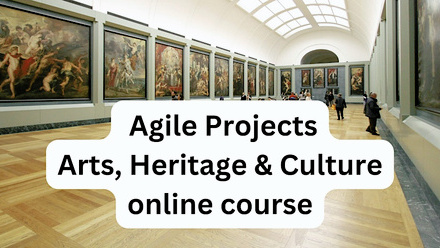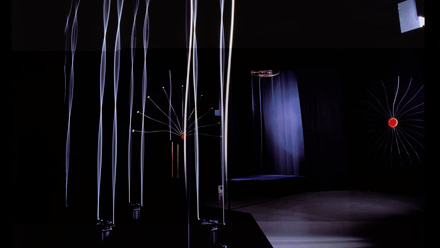Image ©: Detail of a Qing Dynasty Lidded Bluster Jar (one of a pair), belonging to Kiplin Hall and Gardens, photo taken by Anna Crowther
It is important to shine a light on the new generation of conservators, and with this mission in mind, the Ceramics & Glass Group is excited to host four students during a lunchtime lecture. During this hour, each student will give a ten-minute presentation showcasing projects and work placements. At the end of the event, there will be time for discussions and Q&A.
- Working with Historic Repairs: The Conservation of a Pair of Qing Dynasty Lidded Baluster Jars
Anna Crowther & Davina Thompson
Durham University, UK
Anna Crowther and Davina Thompson (both 2nd Year MA Conservation of Archaeological and Museum Objects, Durham University) will discuss the challenges presented by a pair of Lidded Baluster Jars with differing, unstable historic repairs. They will outline how solutions were found to show respect to historic treatments whilst improving the structural integrity and aesthetic appearance of each ceramic. Some of the challenges and successes include working with staples, adhesive identification, and removal and reducing staining through the use of poultices.
- Findings on Structurally Supportive Fills for Archaeological Glass
Marceline Graham
University College London, UK
Marceline Graham is the 2022-2023 Conservator-in-Residence at Slade School of Fine Art. She is currently in her final year of UCL’s MSc Conservation for Archaeology and Museums, where she previously received her MA in Principles of Conservation. Prior to her return to university, Marceline was Associate Director at Ocula, a digital platform for contemporary art. Her current research centres on the potential of conservation knowledge-sharing, particularly within arts education. She will be presenting her findings from experimentation with archaeology glass fills during the treatment of a highly fragmented Islamic vessel, including adaptations from contemporary and historic methods.
- Ubumba Olungashi: A Case Study of Unfired Ceramics by South African Artist Hezekiel Ntuli
Chelsea Roberts
University of Pretoria, South Africa
Chelsea Roberts is currently completing a master's degree in Tangible Heritage Conservation, at the University of Pretoria in South Africa. This programme is currently the only art and heritage conservation master’s degree in Southern Africa. The topic Chelsea is looking at is the South African artist Hezekiel Ntuli and his clay sculptures. Hezekiel Ntuli’s sculptures are made of unfired clay, an artistic medium fraught with conservation challenges. The main aim of the project is to develop treatment proposals and carry out conservation treatments for three small clay sculptures at the University of Pretoria Museums.
- Pharmaceutical glass containers in the Swiss National Museum: Study and intervention protocol for the consolidation of cold painted inscription
Annick Simon
Haute École Arc, Switzerland
Annick Simon is a student in the final year of her Master’s degree in Conservation-restoration of archaeological, historical and ethnographic objects at Haute Ecole Arc from Neuchâtel. Her master thesis concerns a set of 44 pharmaceutical glasses dating from the 18th to the 19th century, currently kept in the Swiss National Museum. These bottles used to contain different substances, organic or inorganic. Oil-painted labels indicate what they used to contain. Currently, these objects are in a poor state of preservation. The advanced degradation of the glass and of the pictorial layer has led to the loss of adhesion and important losses. The objective of her work is to find a conservation-restoration treatment to conserve the paint on the glass. Various adhesives and methods of application will be tested, in order to create a protocol of intervention for the whole collection.



